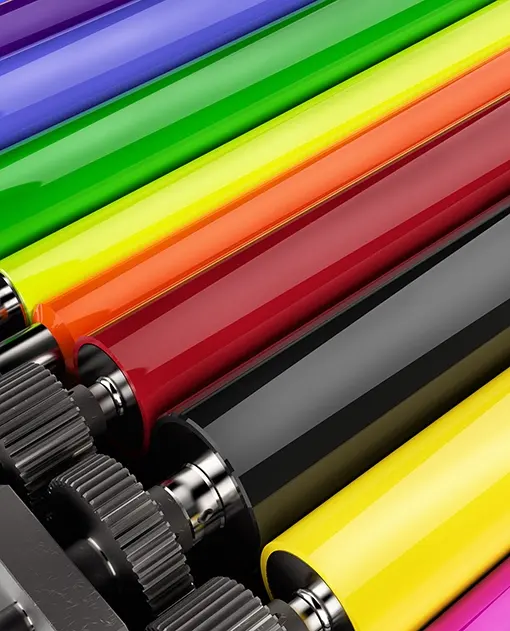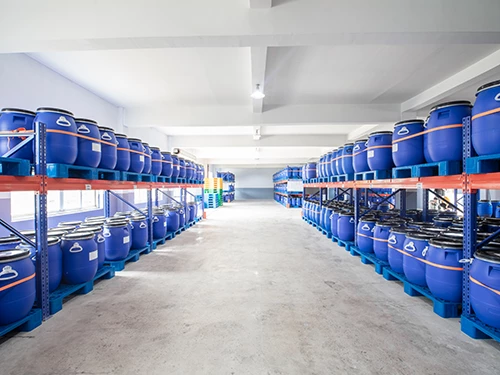How to Use Coating Liquid Thickener: A Step-by-Step Guide
Release time: 2025-09-12
Coating liquid thickeners play a vital role in the coatings industry. They not only improve coating rheology but also enhance coating performance, ensuring the coating maintains the appropriate viscosity and thixotropy during application. Appropriate use of liquid thickeners can effectively enhance coating adhesion, weatherability, and stability, thereby improving the quality and longevity of the final coating. Because different thickener types have different effects on coating performance, understanding the application and precautions of thickeners is crucial. Mastering precise application techniques helps ensure optimal coating results and avoids application difficulties and quality issues caused by improper thickener use.
Step 1: Selecting the Right Liquid Thickener
There are many types of liquid thickeners, both natural and synthetic. When selecting a thickener, consider the coating type (e.g., waterborne or solventborne), performance requirements (e.g., thixotropy, viscosity), and environmental factors (e.g., VOC emissions). For example, waterborne coatings generally use water-soluble thickeners, while solventborne coatings typically use solvent-soluble thickeners.
Step 2: Determine the Thickener Dosage
The dosage for each liquid thickener varies. Adjust the dosage based on the paint formulation and desired viscosity. Generally, the dosage range is between 0.1% and 2%. Excessive dosage may result in poor paint flow and prolonged drying time, while insufficient dosage may not achieve the desired thickening effect. Based on the characteristics of the thickener, gradually add and test the paint rheology until the desired viscosity and workability are achieved.
Step 3: Evenly Disperse the Thickener
Liquid thickeners must be evenly dispersed throughout the paint to achieve optimal results. Use a high-speed disperser or mechanical stirrer to thoroughly mix the thickener with other ingredients (such as water, solvent, and pigment). Be careful not to allow the thickener to come into direct contact with the solvent, as this may cause clumping and affect dispersion. Add the thickener slowly to the paint with constant stirring to ensure even distribution.
Step 4: Test the Paint’s Rheological Properties
After the thickener is added to the paint, perform a rheological test. Common testing methods include measuring a paint’s viscosity and thixotropy. Thixotropy refers to the ability of a paint to maintain a certain viscosity during application and regain its original fluidity when stirring stops. If the test results are not as expected, the thickener dosage can be adjusted as needed.
Step 5: Adjust Other Paint Components
Sometimes, the addition of a thickener may affect the performance of other paint ingredients, such as pigment dispersion or coating adhesion. Therefore, the thickener’s use may need to be coordinated with other formulation components (such as dispersants and additives). If other paint properties are affected, adjustments can be made to ensure the overall formulation balance.
Step 6: Conduct Weathering and Stability Testing
The selection and use of liquid thickeners should not only consider application performance but also the coating’s weathering and stability. Test the paint’s performance under various environmental conditions (such as high and low temperatures, and humidity fluctuations) to ensure long-term stability. If the paint exhibits sedimentation or stratification during storage, it may indicate uneven thickener dispersion or inappropriate thickener selection, requiring adjustments to the formulation or thickener type.
Step 7: Final Evaluation and Optimization
Finally, a comprehensive performance evaluation is conducted, including the coating’s workability, abrasion resistance, adhesion, and gloss. If the coating’s performance is unsatisfactory, adjustments to the thickener and other ingredients can be made based on the feedback, continuously optimizing the formulation until optimal results are achieved.
The correct use of liquid thickeners is crucial to the final coating’s performance. From selecting the appropriate thickener to gradually adjusting the dosage, to ensuring uniform dispersion, rheological testing, and formulation optimization, every step is crucial. By following a detailed, step-by-step guide, you can ensure optimal coating workability and stability, avoiding the negative impacts of improper thickener use. Proper use of liquid thickeners not only improves coating quality but also increases production efficiency and ensures long-term performance in a variety of applications. If you have further questions about liquid thickeners, please consult our experts at Polywill.














